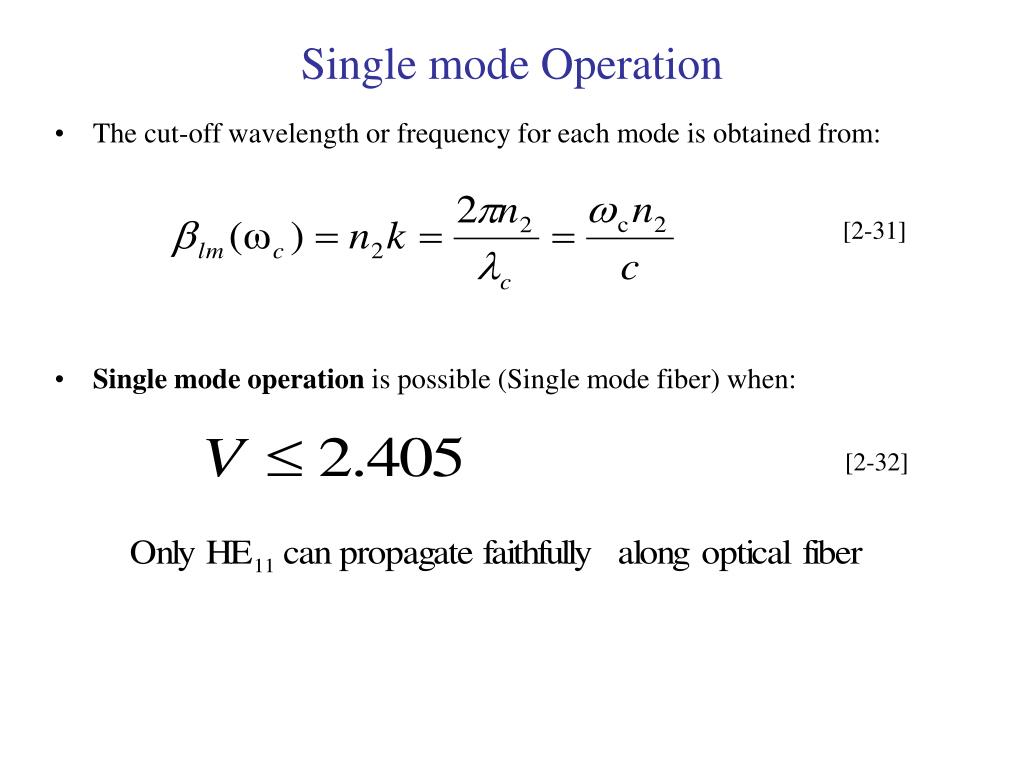

NPL can measure customer supplied fibres or supply reference fibre standards. Wavelengths between 1260–1640 nm are available on request. Standard measurements are made at 1310 nm and 1550 nm for single-mode fibre (up to ~100km), and at 850 nm and 1300 nm for multimode fibre (up to ~4.4 km). NPL calibrates the optical length (time of flight) of both single-mode and multimode optical fibres. Multi-mode fibre (MMF) best measurement capability: ± 0.02 dB.

Single-mode fibre (SMF) best measurement capability: ± 0.021 dB.The transmitted power through this short length of fibre is again recorded as a function of wavelength, to provide a reference level from which to calculate the spectral attenuation under test. The fibre is then cut-back to a few meters without disturbing the launch conditions. We launch spectrally selected radiation from a grating monochromator into the fibre under test and the transmitted power is recorded as a function of wavelength. We measure spectral attenuation according to the IEC reference test method based on the cut-back technique: Spectral Attenuation IEC 6. The NPL-designed Fibre Attenuation Standard is a proven reference standard of high accuracy and reproducibility and can be calibrated for spectral attenuation coefficient uniformity and optical length, with a proven attenuation stability better than ± 0.03 dB. NPL can supply or measure the customer's own fibre, both single and multimode. Accurate measurement is essential to maximise the distance between repeater stations. Spectral attenuation is the loss of optical power as it is guided through the fibre. NPL calibrates the attenuation of single-mode fibre from 1200 nm to 1650 nm in 5 nm steps, and multimode fibre from 800 nm to 900 nm and 1250 nm to 1350 nm in 5 nm steps. We calculate the effective area of single-mode fibres using the Hankel transform, after acquisition of the far-field scan data using the mode field diameter measurement facility. Approximately 10 m of primary coated fibre is required and we can accommodate bare fibre as well as fibre mounted in SRM-style holders. NPL can provide fibre standards and also measure customer supplied samples across a range of single-mode fibre types. The standard calibration is at 1310 nm and 1550 nm (with 1618 nm available on request).

NPL can calibrate the effective area (A eff) of single-mode optical fibres, both shifted and unshifted. We measure mode field diameter according to the IEC reference test method, based on the far field scan technique: Mode field diameter IEC 6 Direct Far Field Scan – Method A. Approximately 12 m of primary coated fibre is required and we can accommodate bare fibre as well as fibre mounted in SRM-style holders.

This is a key parameter for predicting properties such as splice loss, microbending loss, cut-off wavelength and waveguide dispersion. The mode field diameter is a measure of the radial intensity distribution of radiation propagating within a fibre. NPL can calibrate the mode field diameter (MFD) of single-mode optical fibres, both shifted and unshifted fibres. The standard calibration is at 1310 nm and 1550 nm (1618 nm available on request).


 0 kommentar(er)
0 kommentar(er)
